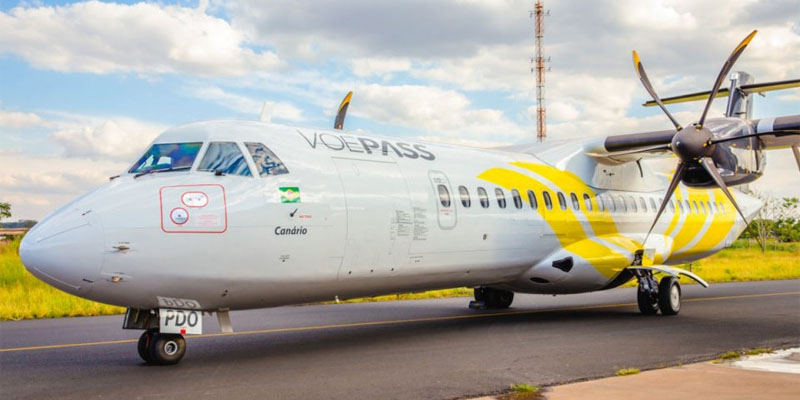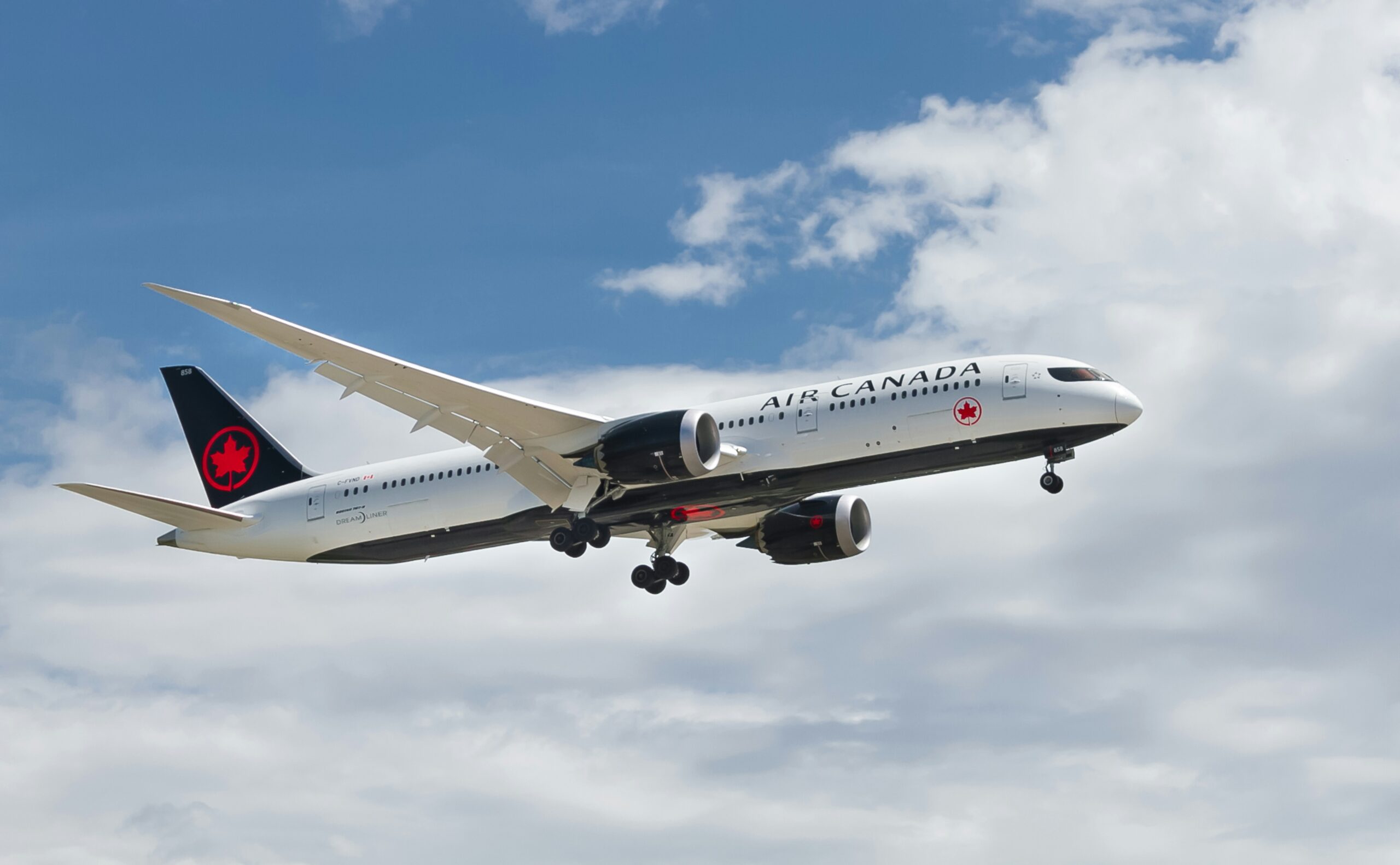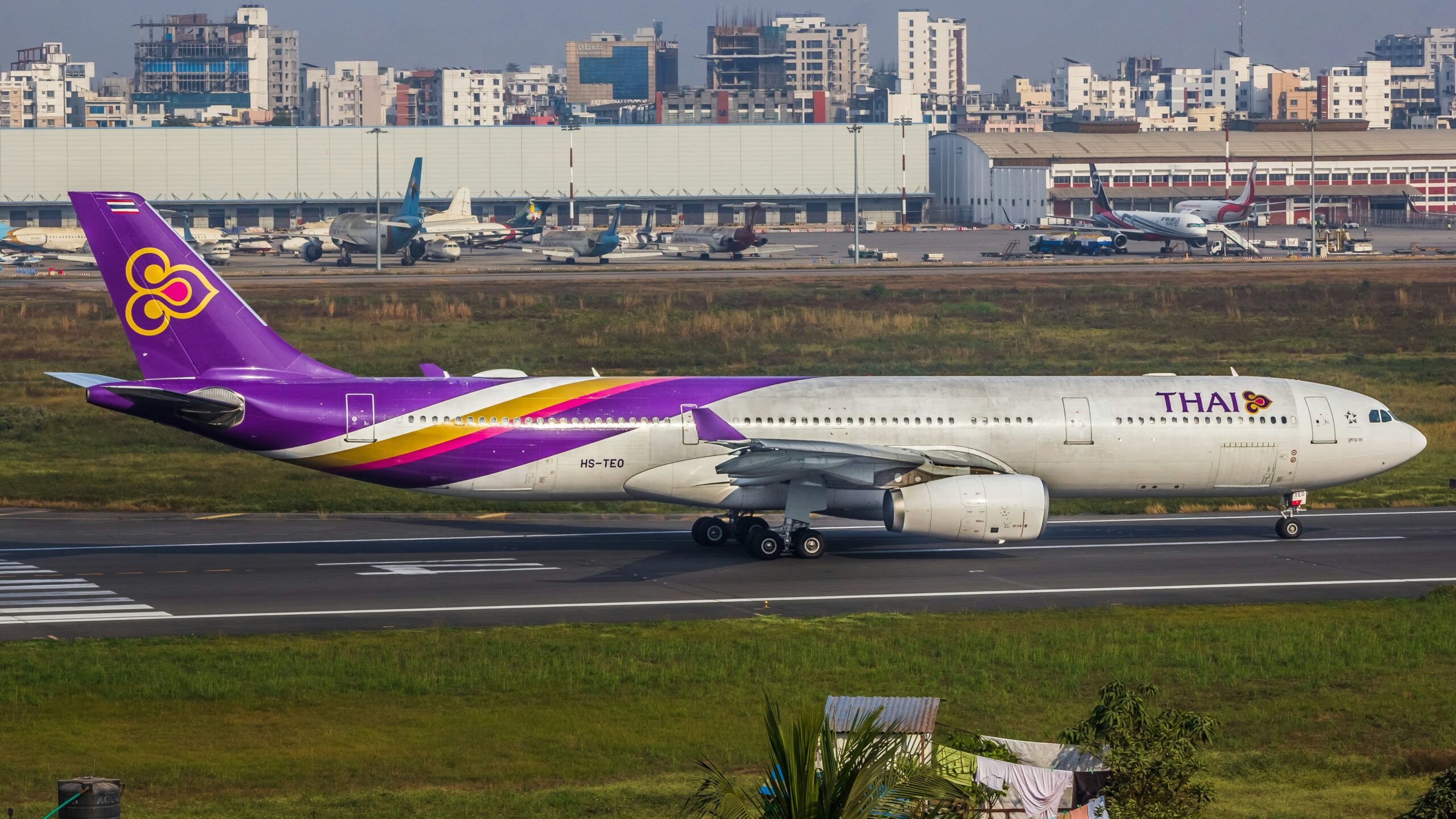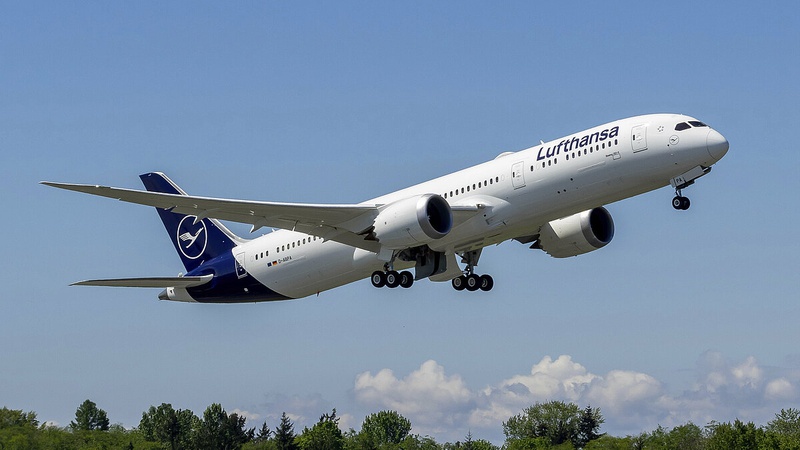The recent tragic accident involving a Voepass ATR-72 in Brazil sent shockwaves through the aviation industry. The chilling video footage of the plane spiraling into a corkscrew motion before crashing left many questioning the factors that led to such a devastating outcome.
As investigations into the accident are ongoing, one particular revelation has sparked intrigue and raised eyebrows. It has come to light that the aircraft involved in the crash, bearing the registration code PS-VPB, had a history of being out of service for an extended period leading up to the fatal incident with the Voepass ATR-72.
A Troubled Past
The 14-year-old ATR-72 had been flagged by The Aviation Herald for its prolonged grounding due to maintenance issues. In March 2024, while operating a domestic flight from Recife to Salvador, the crew encountered a low hydraulic oil level warning mid-flight. Despite following protocols and landing in Salvador, the aircraft suffered a significant tail strike upon touchdown involving the Voepass ATR-72.
Extended Grounding and Maintenance
Following the tail strike incident, the ATR-72 was grounded in Salvador for over two weeks before being ferried to Voepass’ maintenance facilities in Ribeirao Preto. The plane underwent extensive repairs and inspections, remaining out of service until July 9, when it finally resumed regular flights.
However, the aircraft’s return to service was short-lived, as it experienced cabin pressure issues, prompting another four-day grounding. Despite these maintenance setbacks, the ATR-72 was back in operation on July 13, leading up to the fateful day of the fatal accident on August 9.
Unanswered Questions
The handling of the March 11 incident by Brazil’s CENIPA, which deemed it a minor occurrence without a detailed investigation, raises concerns about the thoroughness of safety assessments. The disconnect between the perceived severity of the incident and the extensive grounding for repairs highlights potential oversights in evaluating aircraft maintenance and safety protocols involving the Voepass ATR-72.
As the investigation into the recent crash continues, the aviation community eagerly awaits answers regarding the role of the ATR-72’s maintenance history in the tragic chain of events. The need for transparency and accountability in ensuring passenger safety remains paramount in preventing similar incidents in the future. ### Unraveling the Mystery of the Voepass ATR-72 Tragic Incident
In a recent turn of events, media reports from Brazil have shed light on the maintenance logs of the ill-fated Voepass aircraft, indicating significant structural damage. Additionally, passengers had raised concerns about malfunctioning air conditioning systems aboard the aircraft, creating uncomfortably hot conditions unlike those experienced on other flights involving the Voepass ATR-72.
The aircraft in question, identified as PS-VPB, an ATR72-500 with a 14-year history since its construction in 2010, embarked on its final journey from Cascavel to Sao Paolo under flight number #2Z2283. Tragically, the aircraft’s last signal was received at 16:22UTC, leaving a trail of questions and speculations in its wake.
While these revelations prompt curiosity and concern, it is crucial to emphasize the need for accident investigators to conduct a thorough examination before drawing conclusions. The grounding of the plane for an extended four-month period post-incident hints at the gravity of the situation, indicating more than a minor glitch that required swift rectification.
The sequence of events leading up to the crash paints a perplexing picture – from the extended grounding, subsequent issues upon reentry into service, to the eventual resumption and subsequent tragedy. The timing and series of events pose a conundrum that awaits unraveling by investigative authorities regarding the Voepass ATR-72.
As we await further insights into the incident, one cannot ignore the ominous coincidence surrounding the aircraft’s troubled history preceding the catastrophic event. The details surrounding the maintenance, regulatory oversight, and operational history of the Voepass ATR-72 stand under intense scrutiny, as the aviation community seeks answers and closure in the aftermath of this heartbreaking tragedy.
The Voepass ATR-72 accident serves as a stark reminder of the complexities and risks inherent in air travel, urging a collective commitment to safety, transparency, and accountability within the aviation industry. As the investigation unfolds, the quest for understanding and lessons learned from this incident will undoubtedly shape the future of air travel safety measures and protocols.
The poignant echoes of this tragedy resonate far beyond the confines of the aviation sector, underscoring the profound impact of such incidents on individuals, families, and the broader community. As we reflect on the profound loss and seek solace in the face of adversity, may the memory of those affected by this tragedy endure as a testament to the resilience and unity that binds us in times of sorrow and reflection.
In the wake of this sobering event, the aviation industry stands at a crossroads, poised to heed the lessons of the past and forge a path towards a safer, more secure future for all who take to the skies in pursuit of exploration, connection, and shared humanity.
Related stories:
Catch up on the top stories and travel deals by subscribing to our newsletter!












Leave a Reply